Firefighter Rescue: Rescuing the Trapped Firefighter [Part 2 of 3]
FF Rescue – Just What Does it Mean – Part 1 of 3
The Essential Components
The primary function of today’s firefighter should be to survive.
You wonder why I say that?
Without survival you are not only a loss to the fire service but your family. So, how do we balance our job and survival? The bottom line is we train, we learn, we get really good at what we do, we stay as healthy as possible, and we have to have a lot of luck.
To help us get to that point of going home every day, we must count on each other. We must have the skills, teamwork, and confidence that if we really get “jacked up” not only do we give ourselves the best opportunity to survive, we know that someone is coming to help.
There are a number of essential components to rescuing one of our own. This article will provide you with some of those tools to put in firefightertoolbox.
Remember as we go along, the toolbox for this most dangerous of tasks will get pretty large. I will repeat myself first, you must develop a mindset of failure is not an option!
Essential Component #1
The MAYDAY procedure. Your department must have a procedure that is trained with and practiced on a regular basis. It must include when to call the MAYDAY, what information you provide (LUNAR: Location, Unit, Name, Assignment and Resources you need to get out), acknowledgment of the MAYDAY verification, and automatic dispatch of additional resources.
Essential Component #2
There must be a policy/procedure that you train under and follow on the firegound. This policy must include your departments/organizations resource capability, team/crew size, equipment, an automatic assignment of a rescue team within the first alarm assignment.
Essential Component # 3
An ongoing training program that teaches the policy, practices the skillsets (we will cover the skillsets in the next article), evaluates effectiveness and builds that teamwork. Scenario based real training, which puts the team to the test does all this for you. This training component is the only thing that can prepare you for the worst case scenarios that face us when having to rescue trapped or down firefighters under fire conditions.
Essential Component # 4
You must use the policy on every structure fire call.
If you do not utilize it on every incident, it will become forgotten, overlooked and ultimately not effective when it is most needed. My own experience has shown me that we just don’t want to be bothered, it will never happen to us! Bull, it will and it does happen. We have lost good firefighters because “we” couldn’t be bothered with RIT.
These are the first four essentials in establishing the most dangerous, and critical, function to us on the fire ground. Remember when Phoenix FD FF Brett Tarver was lost in a supermarket fire? The final evaluation Phoenix FD did found that it takes approximately 12 firefighters to rescue one lost/trapped firefighter.
I assisted in conducting a test that came to the same conclusions. In addition we learned that firefighters get in trouble approximately 80% of the time within 5 to 15 minutes of the arrival of the first engine. We also learned that it takes 3 to 5 minutes for the rescue team to enter the structure and that is if they are on scene and ready to go. It then takes approximately 5-10 minutes to locate the downed firefighter. Lastly we found that it took approximately an additional 10 to 15 minutes to remove them.
Now you ask yourself, are we ready and prepared for one of my brothers to be rescued? My next article will focus on the skillsets used to extricate the downed firefighter.
Until next time, stay educated, low and train hard, your life depends on it.

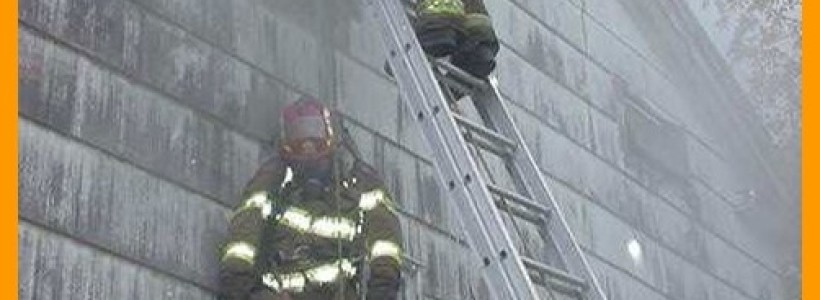

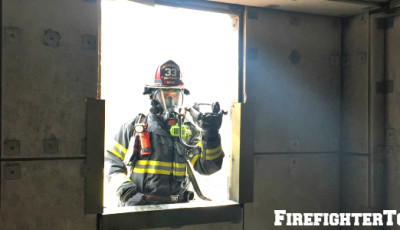

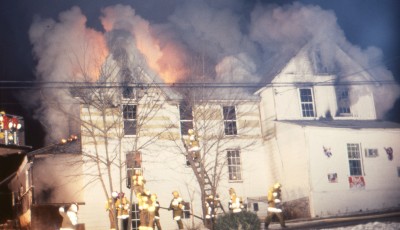
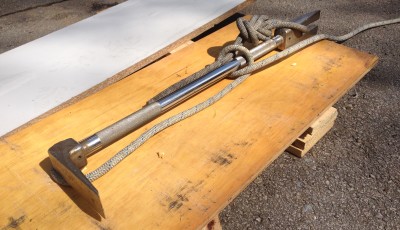
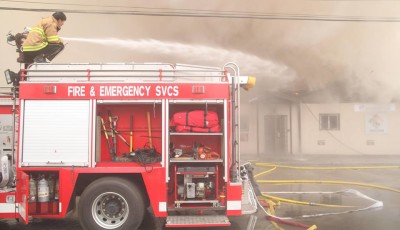
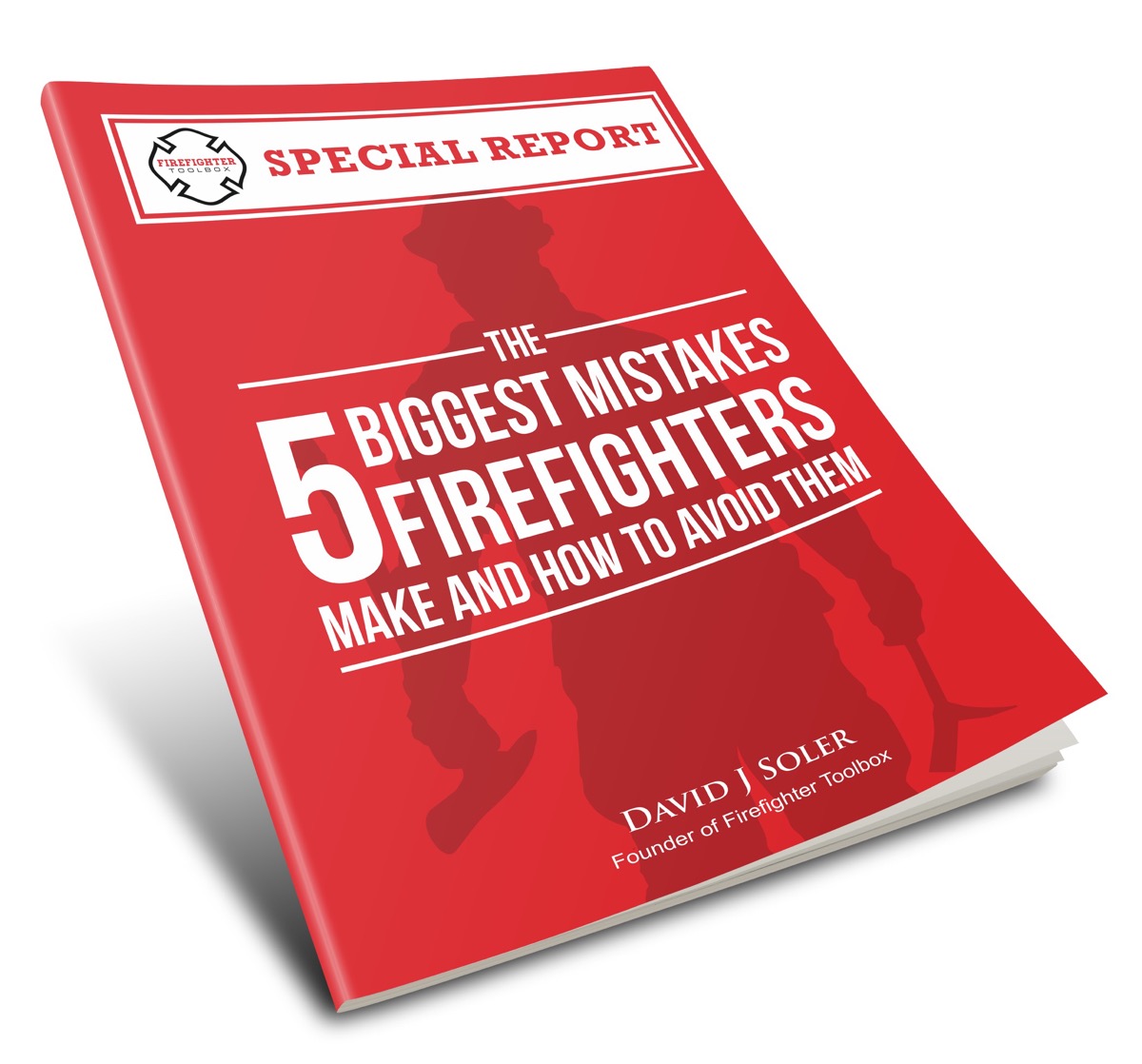



Pingback: Rescuing the Trapped Firefighter [Part 3 of 3] | FireFighterToolBox